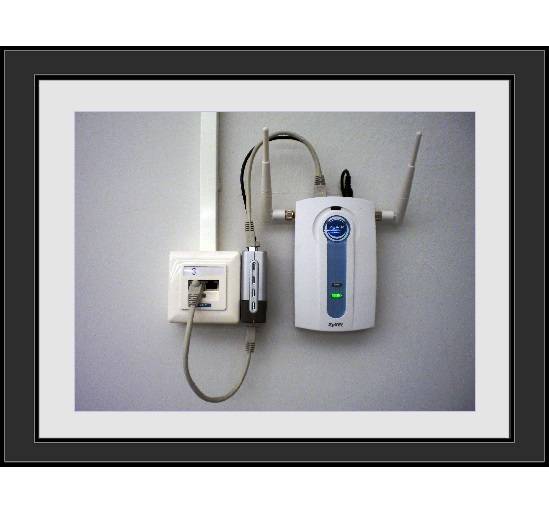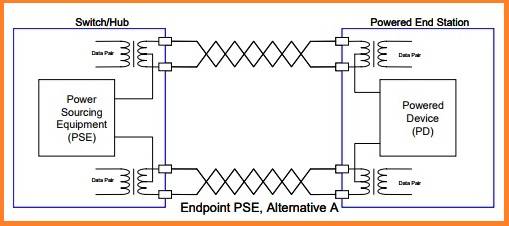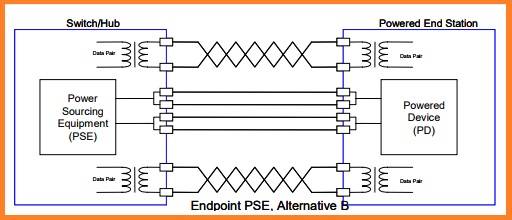Introduction

Components of Power over Ethernet Systems
Injectors
PoE injectors supply data and up to 30 watts of power to PoE-enabled devices such as network cameras and wireless access points.
Switches
PoE switches are network switches with a PoE injector built-in and are designed to expand the network created by a router.
Extenders
PoE extenders can extend the distance for PoE-powered network devices.

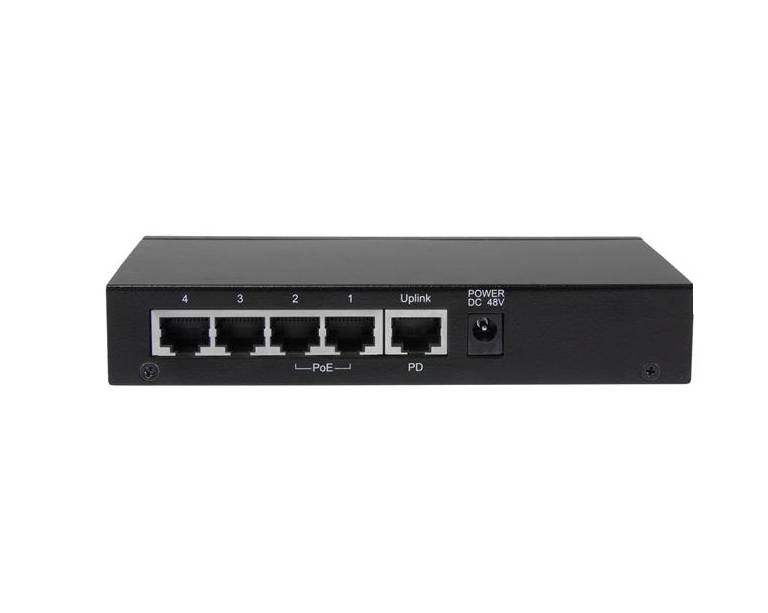
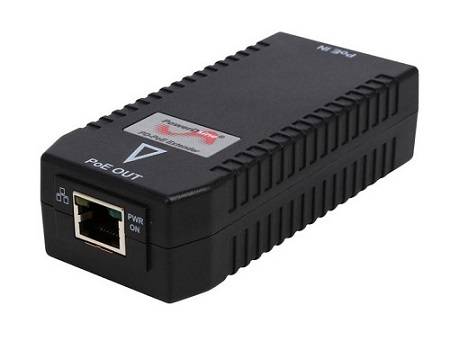
Complications with PoE Powered Devices and Power Sourcing Equipment (PSE)
A common issue experienced by users revolves around the complications with PoE powered devices and PSE. It is first important to understand that there are several standards for injecting power: two sub-standards associated with 10 Base T and 100 Base TX being IEEE 802.3af Alternative A and Alternative B.
Alternative A
- Runs power on the same wires as data–power may be transmitted on the data conductors by applying a common voltage to each pair
- Positive voltage runs on pins 1 and 2
- Negative voltage runs on pins 3 and 6
Using a technique similar to the phantom method, Alternative A uses the same wires to transmit both data and power. Due to this process, Alternative A is also known as common-mode data pair power.
Alternative B
- Separates the data and power conductors
- Positive voltage runs on pins 4 and 5
- Negative voltage runs on pins 7 and 8
Alternative B clearly depicts the distinct wires for both data and power. This method of connection between PSE and the PD leads to Alternative B also being known as the spare-pair data pair power.
The Original PoE standard and PoE+
IEEE 802.3af
Developed in 2003, the PoE standard provided up to 15.4W of DC power (minimum 44VDC and 350mA) on each port.
The Updated IEEE 802.3af (a.k.a PoE+)
Revised in 2009, the IEEE 802.3af, also known as PoE+, provides up to 25.5W of power for “Type 2” devices.
Considerations For Solar
Although Power over Ethernet injectors can provide up to 30W per channel, that does not mean the device is consuming 30W. The solar system should be sized based upon the device consumption and any losses or inefficiency of the injector itself. Typical PoE injectors have a 24VDC or 48VDC input; selecting an injector with a wide voltage input will eliminate the need for an additional DC/DC converter. Additionally, using a switch with a built-in injector might be more efficient than using separate devices.


